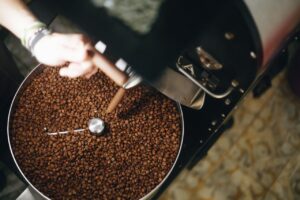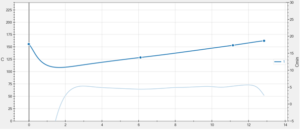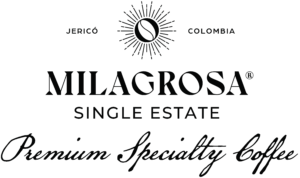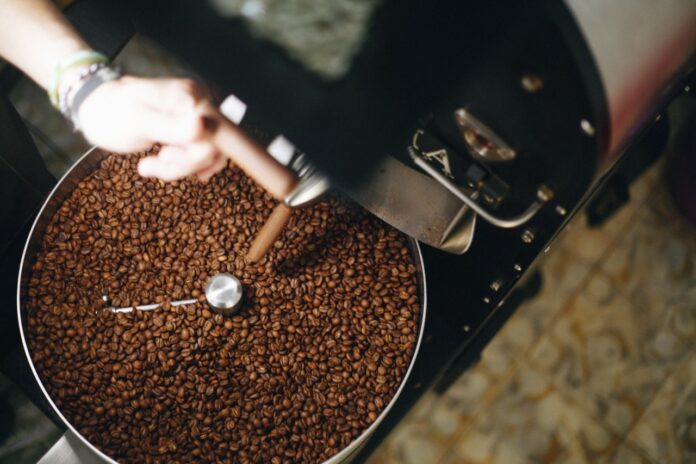Low-Temperature Roasting: A New Coffee Trend
Introduction


In the world of coffee, innovation never stops. Recently, low-temperature roasting has emerged as a noteworthy trend, promising to revolutionize how we perceive and enjoy our daily brew.
What is Low-Temperature Roasting?
Low-temperature roasting involves roasting coffee beans at temperatures significantly lower than traditional methods. While conventional roasting typically occurs between 200-250°C (392-482°F), low-temperature roasting is conducted at 150-180°C (302-356°F). This method extends the roasting time, allowing the beans to develop unique flavors and aromas.
Benefits of Low-Temperature Roasting
- Enhanced Flavor Profile: The extended roasting time allows for a more nuanced development of flavors. Coffee beans roasted at lower temperatures often exhibit a broader range of tastes, from fruity and floral notes to deep, chocolatey undertones.
- Consistency: The slower roasting process provides better control over the roast, leading to more consistent results. This consistency ensures that each batch of coffee beans achieves its optimal flavor potential.
- Healthier Coffee: Lower temperatures reduce the formation of certain compounds that can contribute to bitterness and acidity in coffee. This results in a smoother, less astringent cup of coffee, which is easier on the stomach and more enjoyable to drink.
Challenges and Considerations
Adopting low-temperature roasting requires significant adjustments in the roasting process. The longer roasting time demands careful monitoring to prevent under-roasting or over-roasting the beans. Additionally, this method may not be suitable for all types of coffee beans, as some varieties may not develop their desired flavors at lower temperatures.
Conclusion
Low-temperature roasting is a promising trend in the coffee industry, offering a new way to experience and appreciate the intricate flavors of coffee. As more roasters experiment with this method, we can expect to see a wider variety of unique and delightful coffee profiles emerging.
For more detailed information, you can read the full article here.




